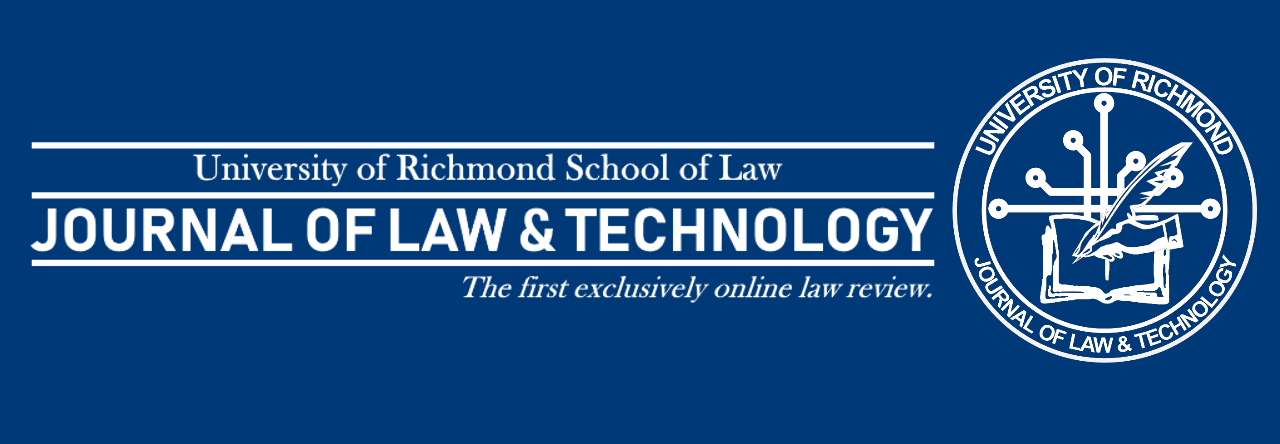by Emma Buck, Associate Staff
Futuristic movies, television shows, and books have introduced us to the idea of unmanned drones in our everyday lives. Imagine having your mail or packages delivered by something that resembles a mini-helicopter and is piloted by someone many miles away. Even a few years ago, this idea would be pure imagination or fantasy but with recent technological advances, that is no longer the case. Drones with impressive technological abilities are already available to be purchased by individuals.1 Amazon has recently announced their new drone project, Amazon Prime Air.2 This service would allow certain users the option of thirty-minute drone delivery for their online orders. Amazon, which has frequently been a leader in innovation, anticipates that Amazon Prime Air will be available by 2015.
The Federal Aviation Administration regulates the national airspace. In recognition of the inevitable presence of drones in daily life, the FAA has been charged with developing new policies to integrate drones into the national airspace by September 2015.3 These policies will shape how companies, individuals, and governments can use drones in the near future. Many states have implemented bans on the use of drones by governmental entities, preventing potential Fourth Amendment search and seizure concerns.4 While these Constitutional issues only apply to government actions, there are also common law principles such as privacy and trespassing that would also apply to private use of drone technology.
One danger of the easy availability of drones that have video cameras attached is the potential abuse of privacy rights. Imagine that you are sunbathing in your fenced in backyard when suddenly a drone flies over the fence, capturing images of you that you did not want anyone else to see. The claim that would apply in this situation is “intrusion upon seclusion” and could likely apply to use of drones because such conduct may be highly offensive to a reasonable person. 5 This cause of action could likely be used in cases where someone is using drone technology to gather information about another. However, this is an objective standard so it may open the pilot to unintended liability if the drone ends up flying into a private situation, regardless of the pilot’s intentions. As this technology is still developing, there is very little legal precedent that actually speaks directly to this issue so it is unsure how the courts will decided that drone activity fits within this established standard.
A second concern is property rights. Courts have applied trespass to aerial vehicles (planes, helicopters, etc..,) when they are driven into the airspace close enough to someone’s home that it would interfere with their use and enjoyment of the land.6 Usually this has been met when the vehicle causes some sort of excessive noise or vibrations, which a smaller vehicle like a drone is unlikely to do. Yet, this principle would still apply to drones that caused a disturbance and any drone that landed on the property directly.
Drone technology creates all sorts of new and exciting possibilities. Some states are being proactive and starting to preemptively create laws that would regulate the use of this technology. However, these efforts have been more focused on use by the government and not as much by individuals.7 Those that use drones should be aware that they may be opening themselves up to liability in an area with very little guiding legal precedent directly on point.
1 http://www.complex.com/tech/2013/03/10-cool-drones-you-can-buy-right-now/h-king-darkwing
2 http://www.amazon.com/b?node=8037720011.
3 http://www.faa.gov/regulations_policies/reauthorization/media/PLAW-112publ95[1].pdf
4 https://www.aclu.org/blog/technology-and-liberty/status-domestic-drone-legislation-states
5 Restatement (Second) of Torts §652B (1977).
6 United States v. Causby, 328 U.S. 256, 264 (1946).
7 http://www.faa.gov/regulations_policies/reauthorization/media/PLAW-112publ95[1].pdf
